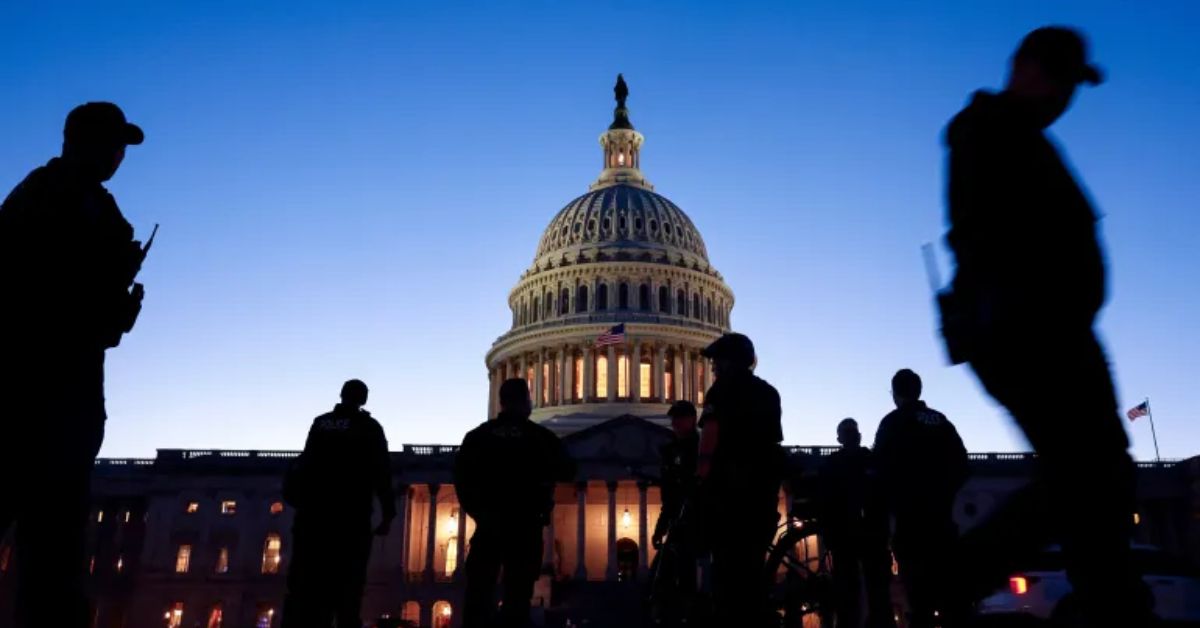The eagerly awaited first solar eclipse of 2025 is set to take place on March 29, an astronomical event that promises to captivate skywatchers around the globe. This celestial phenomenon, coinciding with Chaitra Amavasya, holds significant importance for both scientists and spiritual enthusiasts.
What is a Solar Eclipse?
A solar eclipse occurs when the Moon passes between the Earth and the Sun, casting a shadow over Earth and temporarily blocking sunlight in certain areas. Depending on the alignment, solar eclipses can be total, partial, or annular.
Significance of the March 29 Solar Eclipse
The March 29 solar eclipse is particularly special due to its timing with Chaitra Amavasya, a day that holds religious and cultural importance in many parts of the world. This unique convergence adds a spiritual dimension to an already awe-inspiring natural event.
Visibility and Regions Affected
Astronomy experts predict that this eclipse will be visible across various regions, although the level of visibility may vary. People in certain parts of the Northern Hemisphere will have the best views. It is advisable to check local timetables for precise viewing times.
Precautions for Safe Viewing
Viewing a solar eclipse requires caution to avoid eye damage. Experts recommend the use of certified solar eclipse glasses or other protective gear. Regular sunglasses are not safe for this purpose.
Impact on Culture and Tradition
Solar eclipses have long been associated with myths, folklore, and religious beliefs. In many cultures, eclipses are seen as moments for reflection and spiritual practices. The March 29 event, coinciding with Chaitra Amavasya, is expected to witness a blend of scientific interest and cultural observance.
Scientific Observations
For the scientific community, solar eclipses offer a rare opportunity to study the Sun’s corona, or outer atmosphere, providing insights into solar activity and its impact on space weather.
Conclusion
The first solar eclipse of 2025 on March 29 is not just an astronomical event but a blend of science, culture, and spirituality. As the day approaches, preparations for safe viewing and cultural observances are already underway. Stay tuned for more updates on this spectacular celestial phenomenon.
Related Articles



